Blood Collection Tubes and Tests Chart (pdf)
🩸 Blood Collection Tubes and Their Common Lab Tests – A Complete Guide
Doing the blood test, you may have noticed the red and green-colored tubes in which the blood sample is taken. Have you ever wondered what the reason is why there so many colors? Or which them he uses? In this guide, we will discuss classifications of blood collection tubes, the tests they are applied in and the additives contained in these containers, all in easy to understand terms. This blog will be useful to you wherever you may be: a student, a healthcare worker or a curious individual.
🧪 What Are Blood Collection Tubes?
BLOOD collection tubes (have other names like: vacutainers) are sterile tubes that your blood samples are collected, transported and sometimes preserved in so that they can be tested in the laboratory. They come in various colors — and each color means something important.
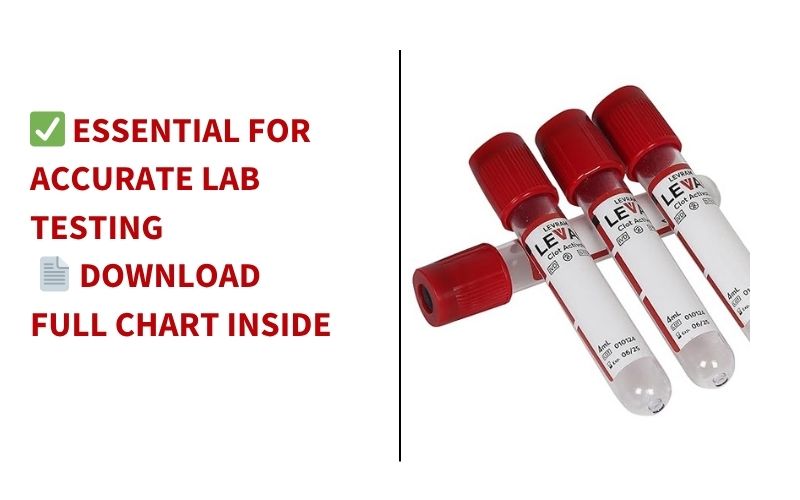
🧷 Blood Collection Tubes and Tests Chart (PDF Format Available)
| Tube Cap Color | Additive Inside | Common Tests Performed |
|---|---|---|
| Red | No Additive / Clot Activator | Serum tests, blood bank, chemistry tests |
| Yellow | SPS or ACD | Blood cultures, DNA testing |
| Light Blue | Sodium Citrate | Coagulation tests like PT, PTT, INR |
| Green | Heparin (Sodium/Lithium) | Plasma tests, electrolytes, ammonia |
| Lavender/Purple | EDTA | CBC (Complete Blood Count), blood typing |
| Gray | Potassium Oxalate/Sodium Fluoride | Glucose, blood alcohol levels |
| Gold or Tiger Top | SST Gel + Clot Activator | Serum separator tests, thyroid, hormone tests |
You will find a printable PDF copy of this chart so you can refer to one handy. (Drop me a line and I will send you a designed PDF.) Blood Collection Tubes and Commonplace Lab Tests Now, let us get more specific as to the application of each tube in a working lab.
🔴 Red Top Tube
- Additive: No anticoagulant
- Use: Allows blood to clot; used for serum tests
- Common Tests: HIV, hormone levels, Vitamin D
🔵 Light Blue Tube
- Additive: Sodium Citrate
- Use: Inhibits clotting: suitable in a coagulation test Typical Tests: PT(Prothrombin Time), and aPTT, INR
- Common Tests: PT (Prothrombin Time), aPTT, INR
🟢 Green Tube
- Additive: Heparin
- Application: It acts against clotting by thrombin inhibition
🟣 Lavender Tube
- EDTA (Ethylenediaminetetraacetic acid): additive Application: Fulfills calcium to avoid coagulation
⚪ Gray Tube
- Use: Preserves glucose
- Common Tests: Blood sugar, lactic acid
💡 Blood Collection Tubes and Additives – Why They Matter
Additives play a vital role in preserving the quality of blood samples:
- EDTA: Preserves cell morphology, ideal for blood counts
- Citrate: Stabilizes coagulation factors
- Heparin: The patient is not permitted to clot blood, but not electrolyte level is changed Fluoride: Blocks glycolysis to determine a correct amount of glucose To have quality results, each of the additives is selected according to a particular lab test.
📚 Blood Collection Tubes and Their Additives – A Student-Friendly Breakdown
If you’re a medical or lab student, remembering all the tube types and their functions can feel overwhelming. Here’s a mnemonic trick:
“You Love Reading Great Laboratory Guidelines.”
(Yellow, Lavender, Red, Green, Light Blue, Gray)
Each one stands for a tube color – and a quick visual reminder of what test goes where!
📊 Blood Collection Tubes and Tests – Why Color Coding Is Critical
In a busy lab, color coding saves time and prevents mistakes. Each color signals:
- What additive is inside
- What tests are suitable
Using the wrong tube can lead to false results or rejection of the sample.
🔄 Order of Draw: Another Crucial Step!
Yes, even the order in which the tubes are filled matters. Here’s the correct order to prevent contamination:
- Blood culture (Yellow)
- Citrate (Light Blue)
- Serum (Red, Gold)
- Heparin (Green)
- EDTA (Lavender)
- Fluoride (Gray)
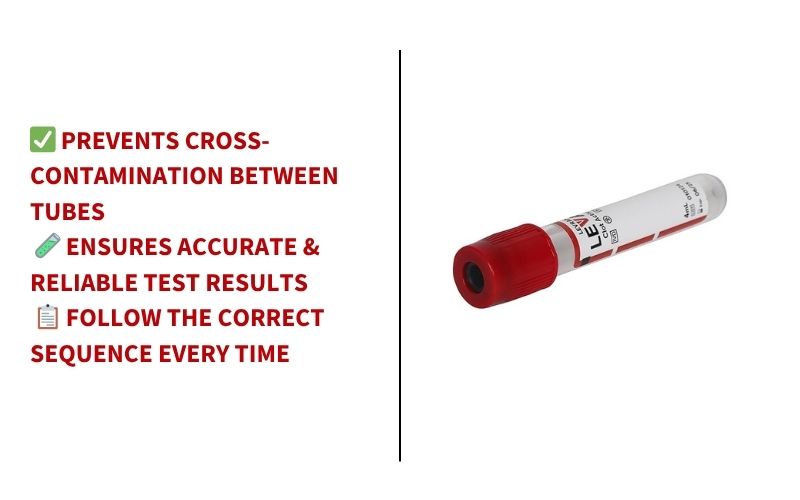
🧾 Final Thoughts
In Finalsiege there is no place on earth that can submit to commercial use. Blood collection tubes are much more colorful tubes, but a significant medical diagnostic tool. By knowing their colors, additives, and their uses, the safety of the patient is enhanced, lab errors minimized and proper test results are obtained.
Have a questions? Call to us!
Mobile: (+91) – 987-180-4970,
Mail: contact@snapshophub.com

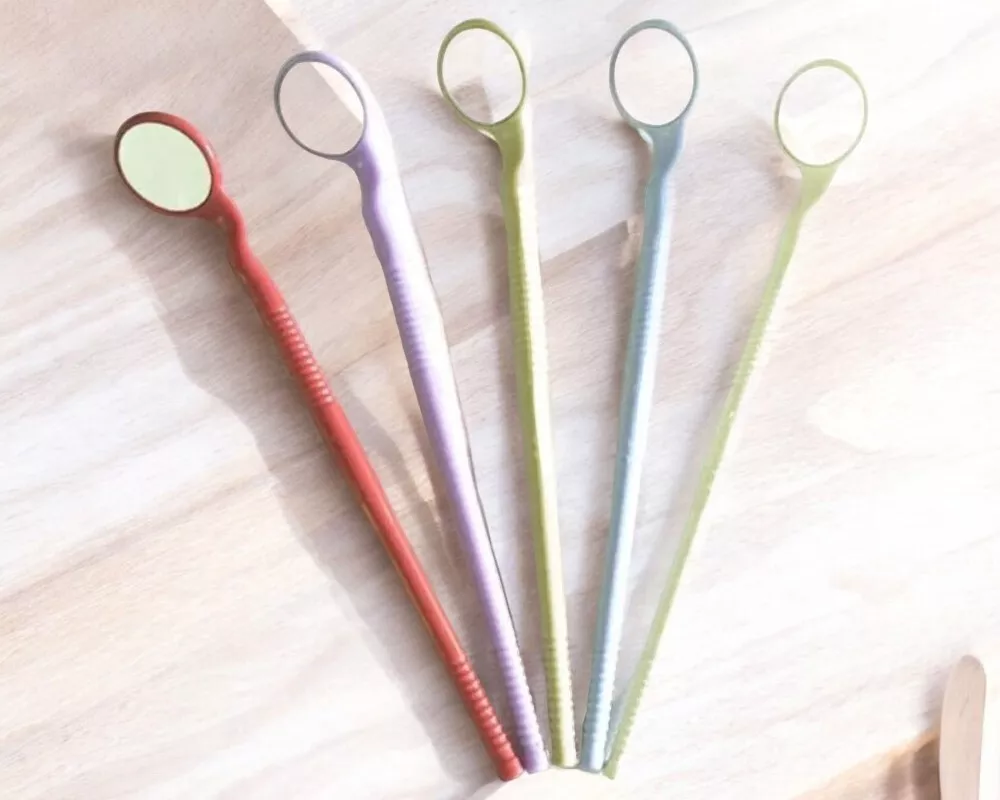
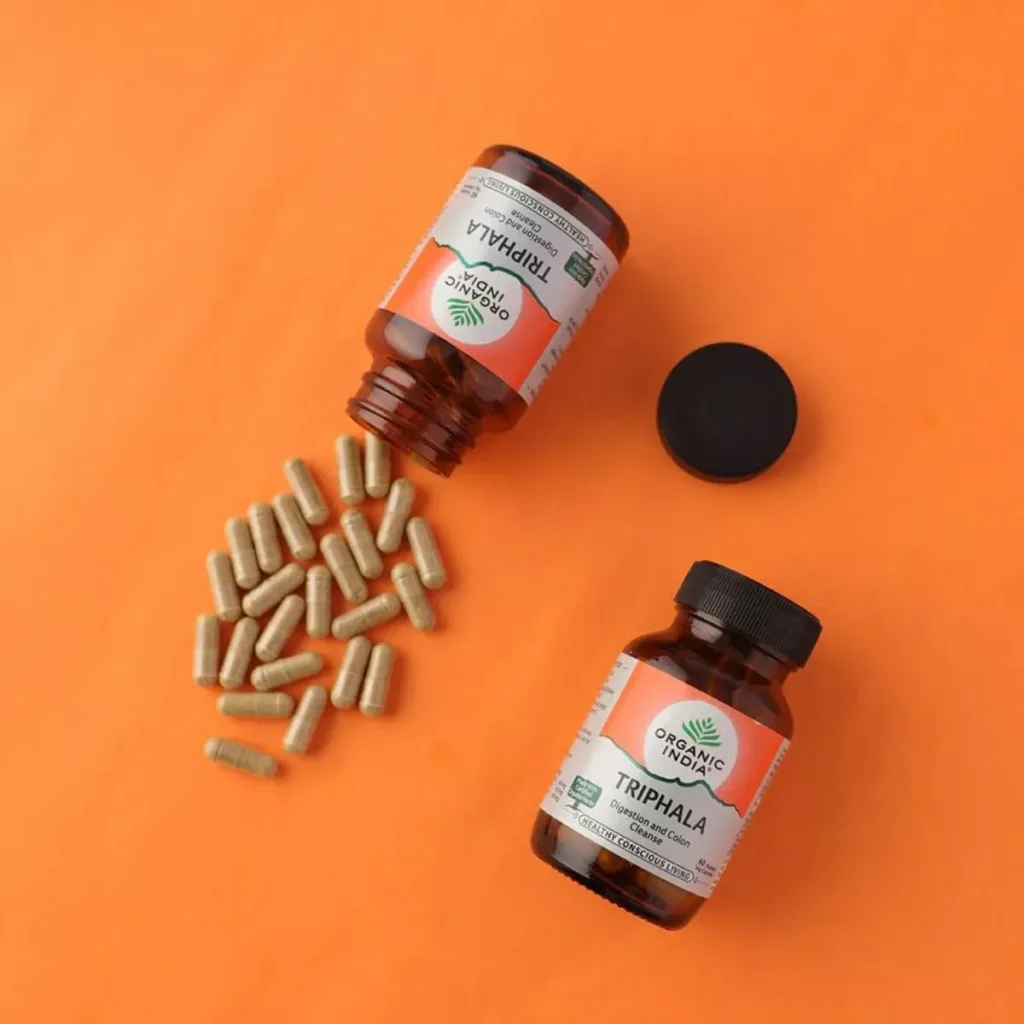
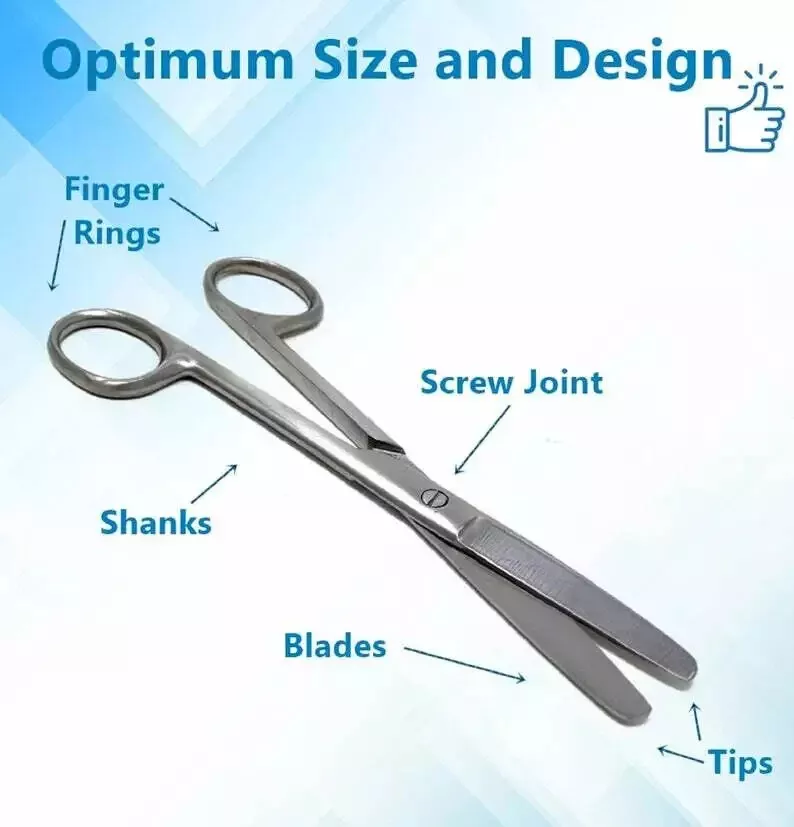

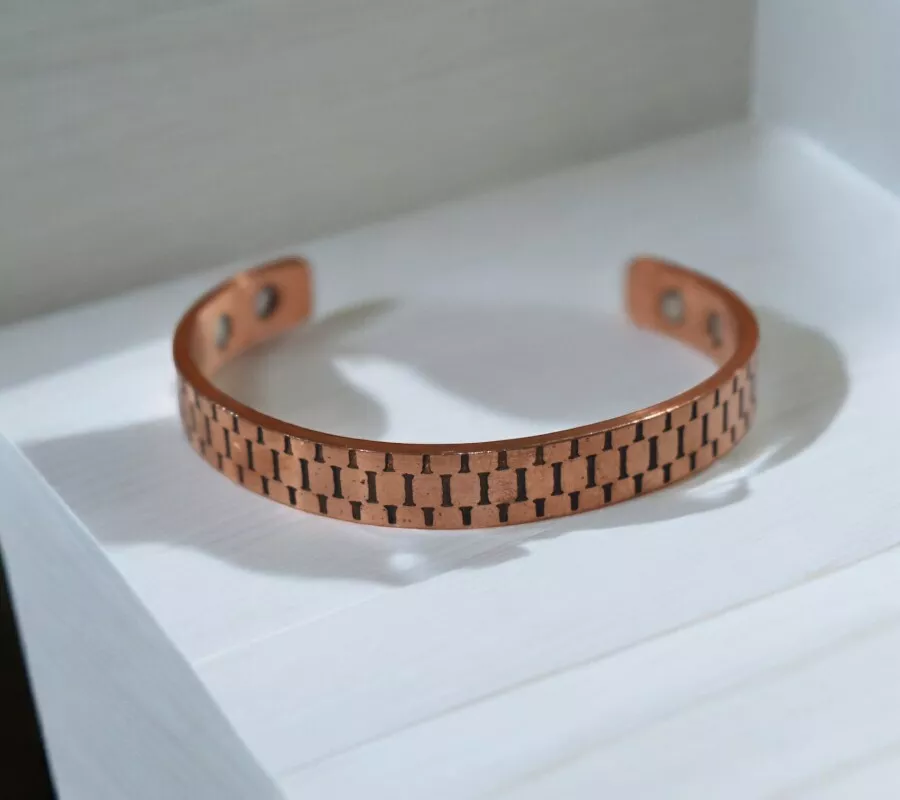
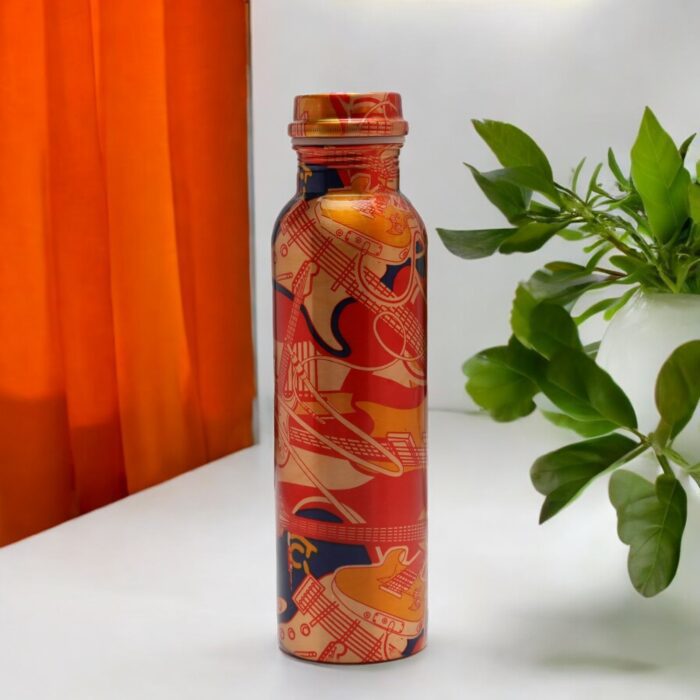
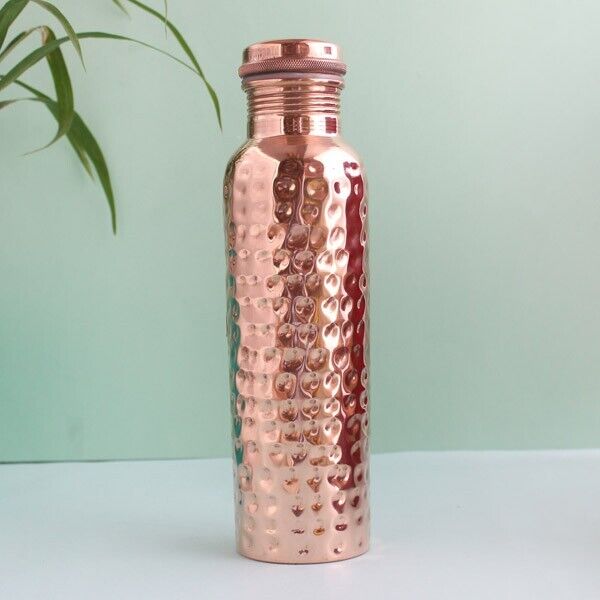


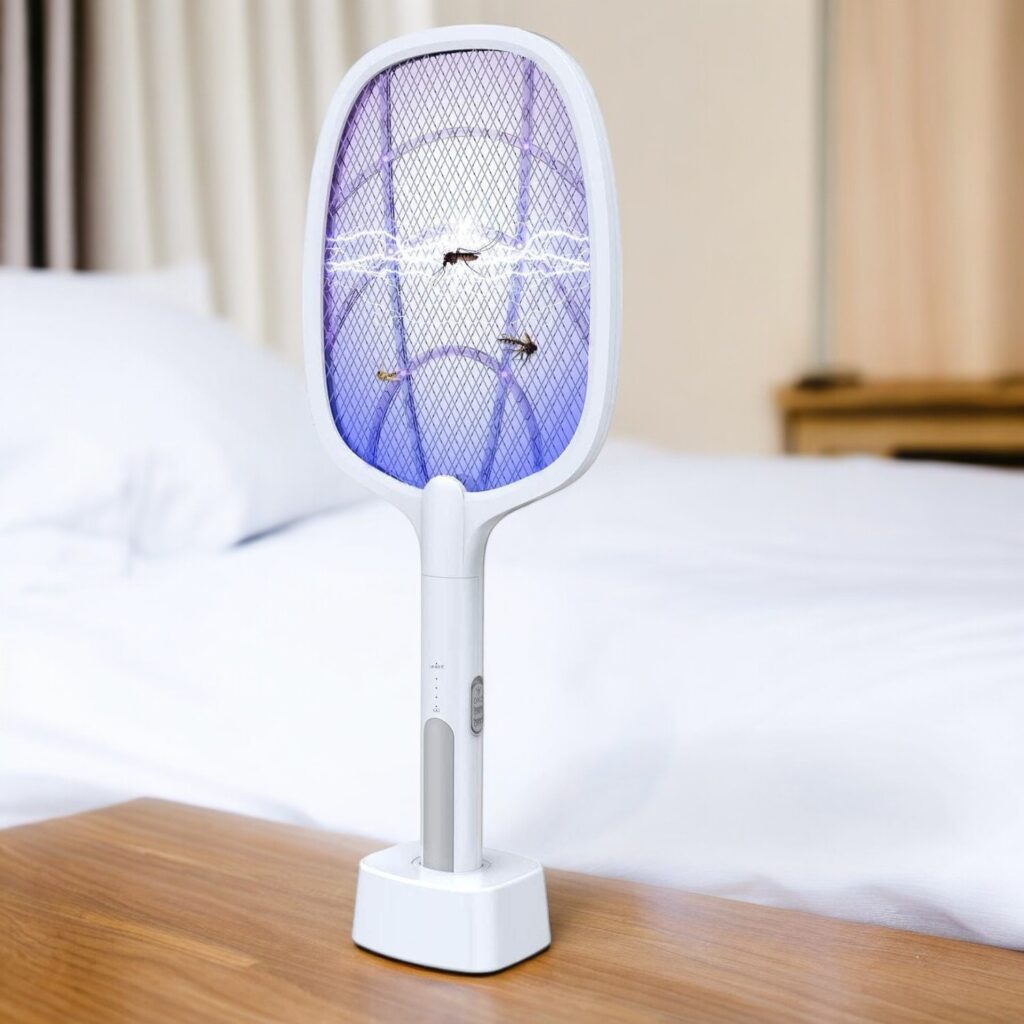
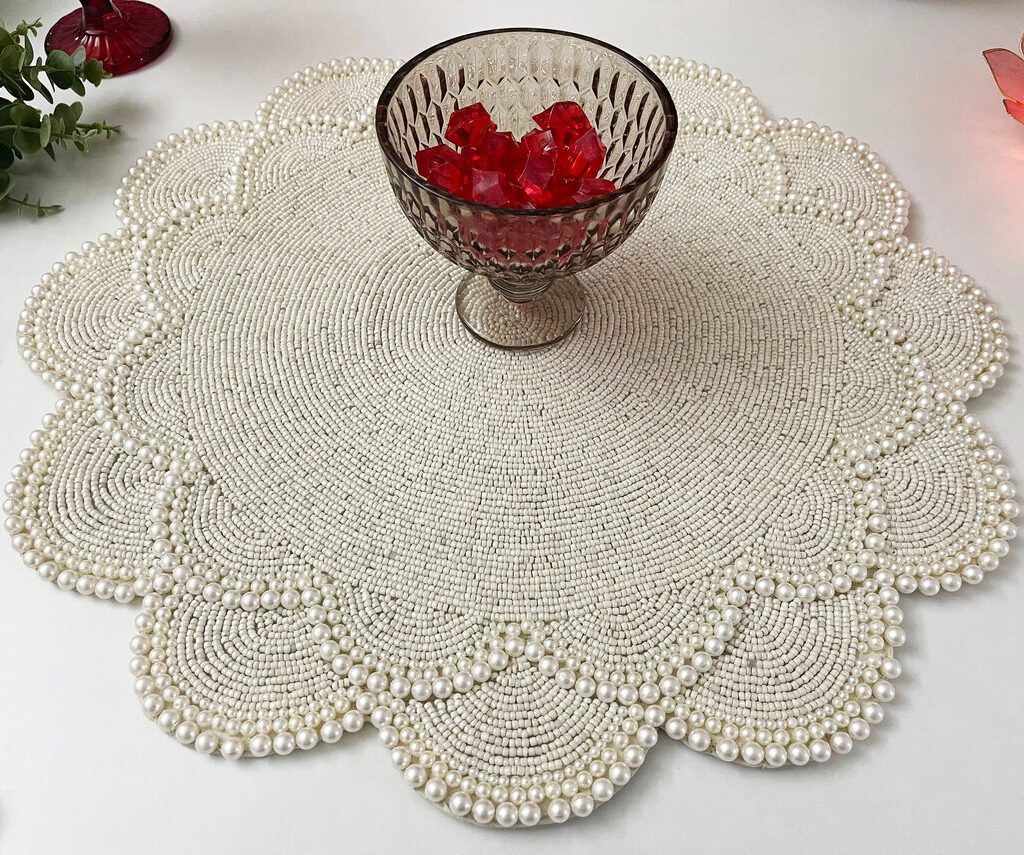

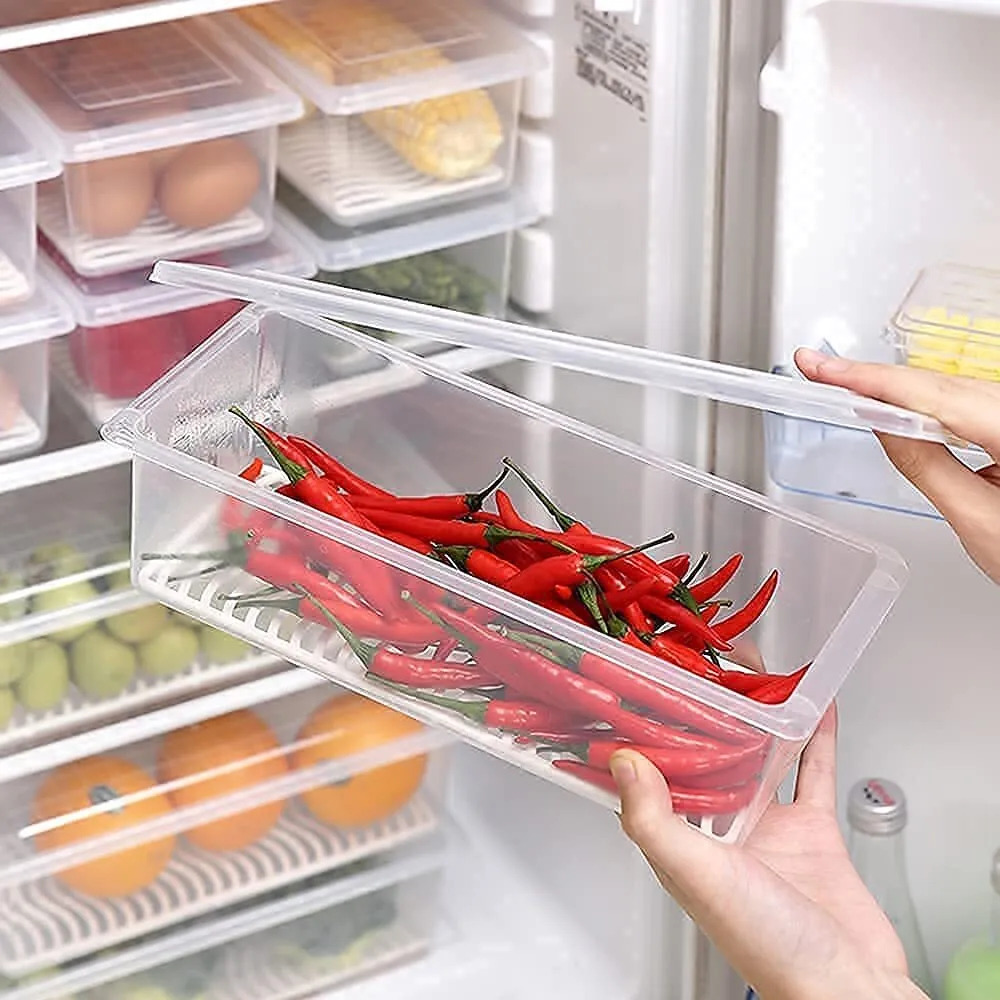


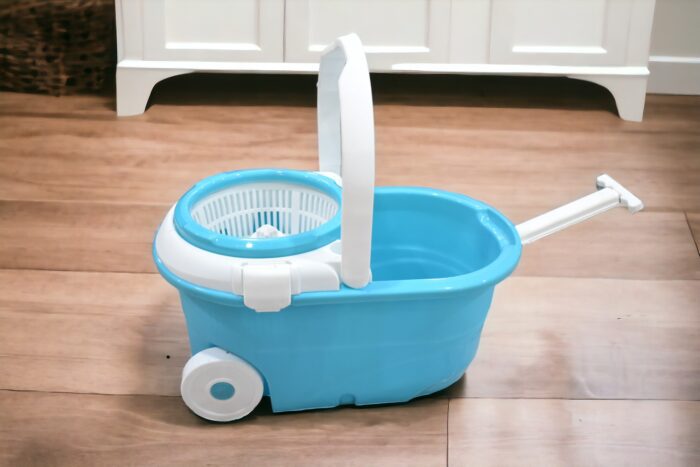

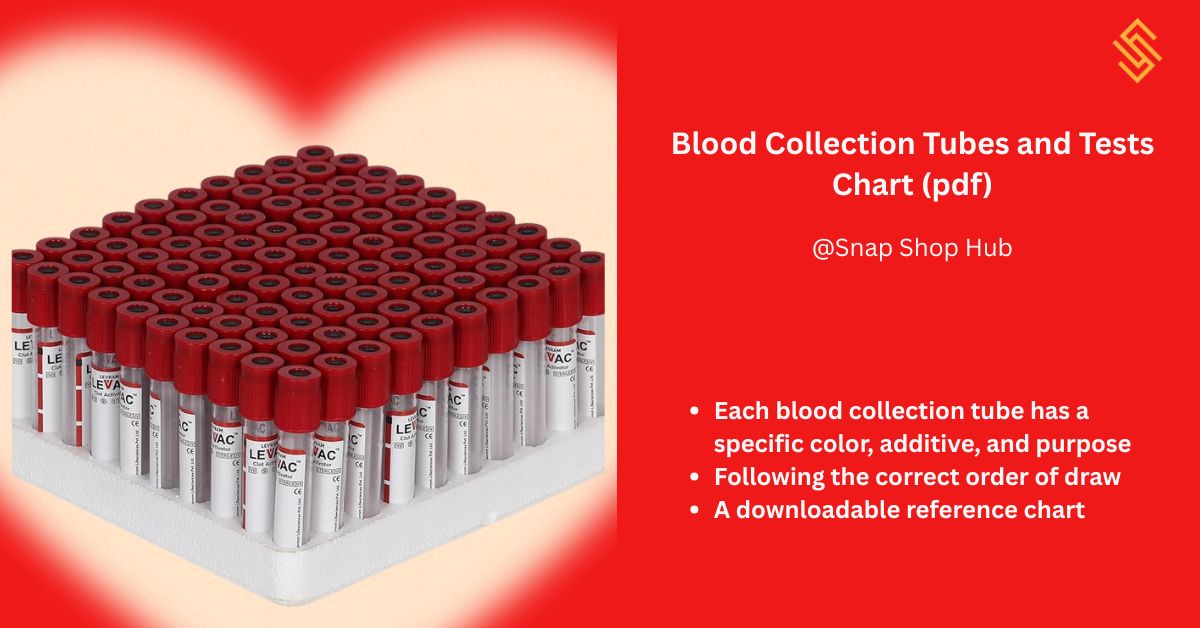
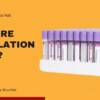
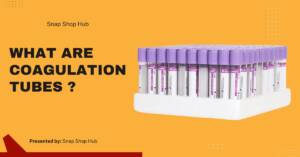



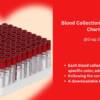



Add comment